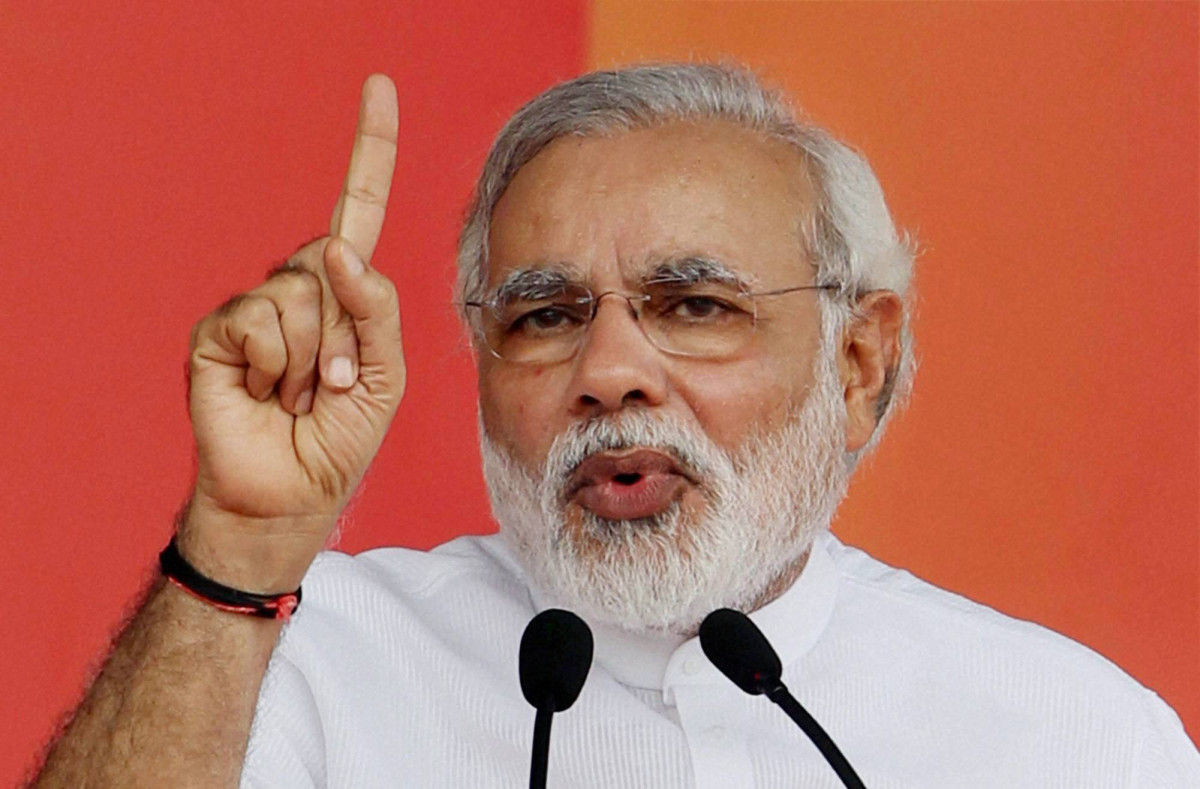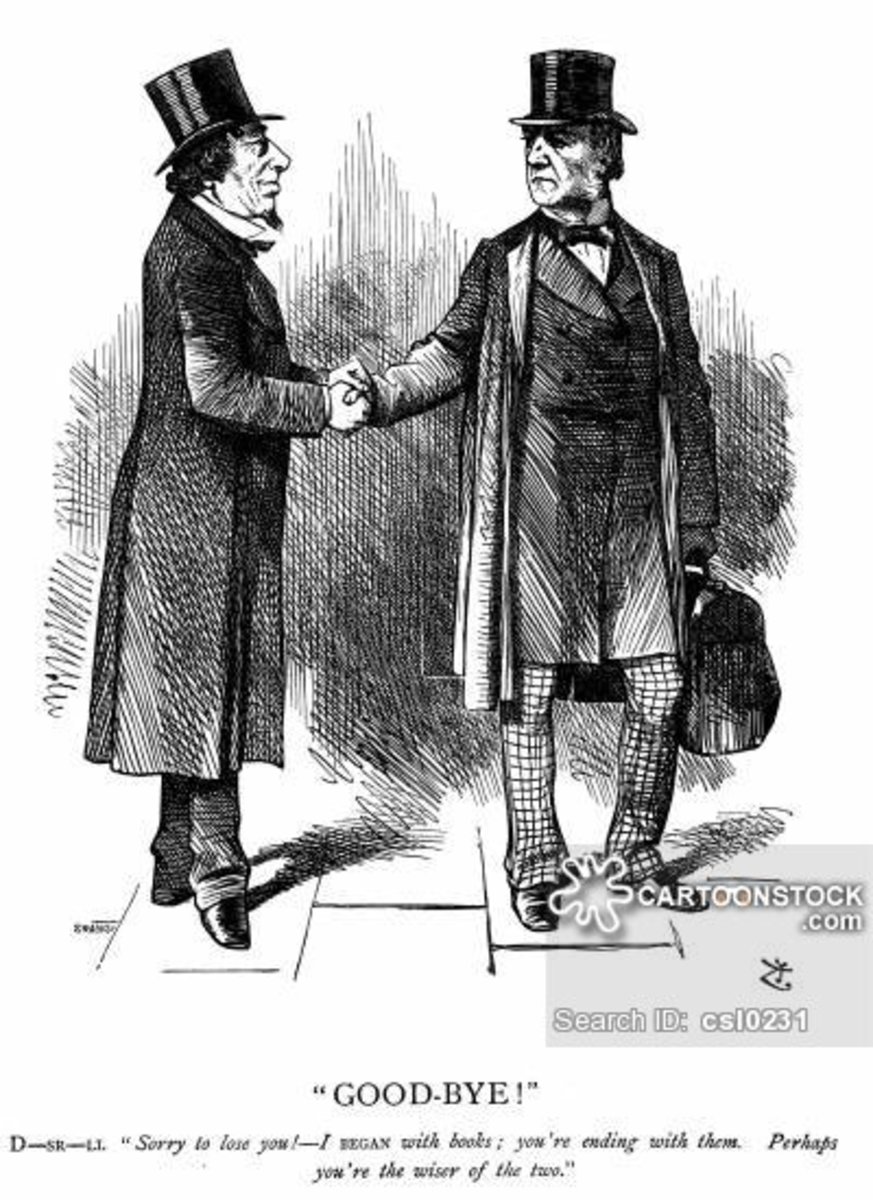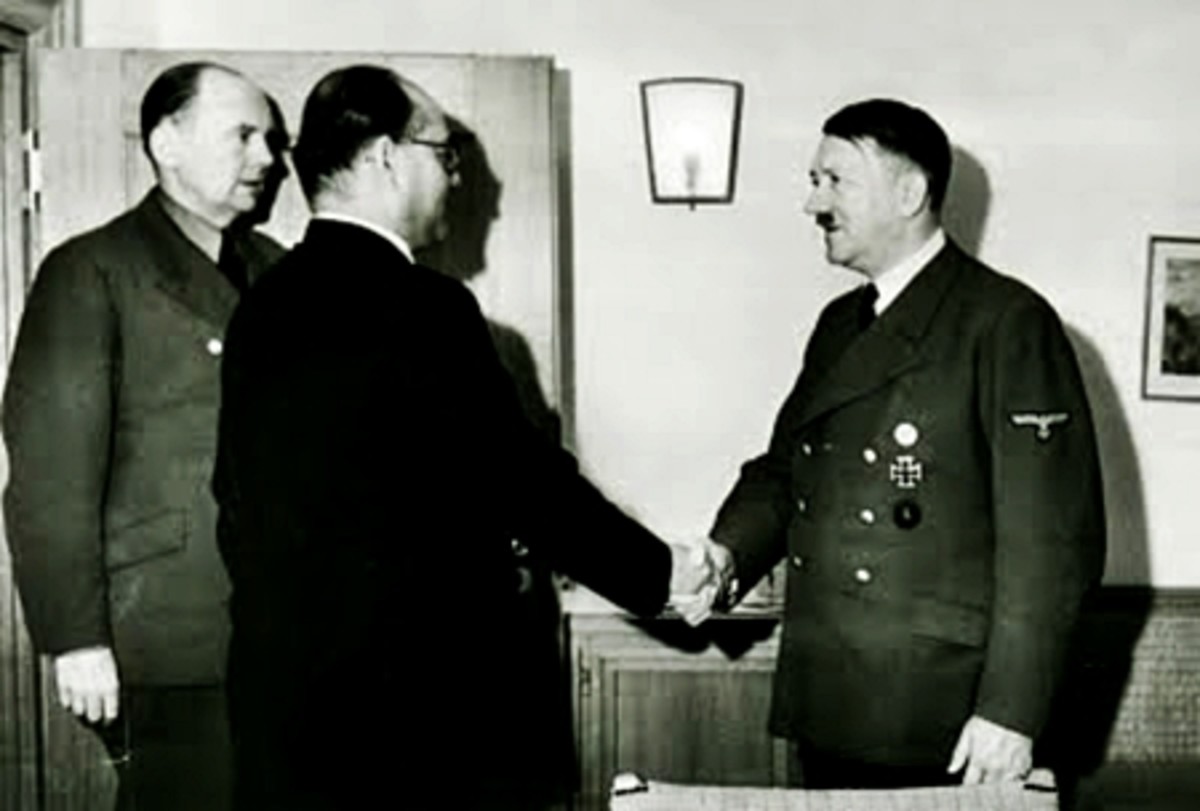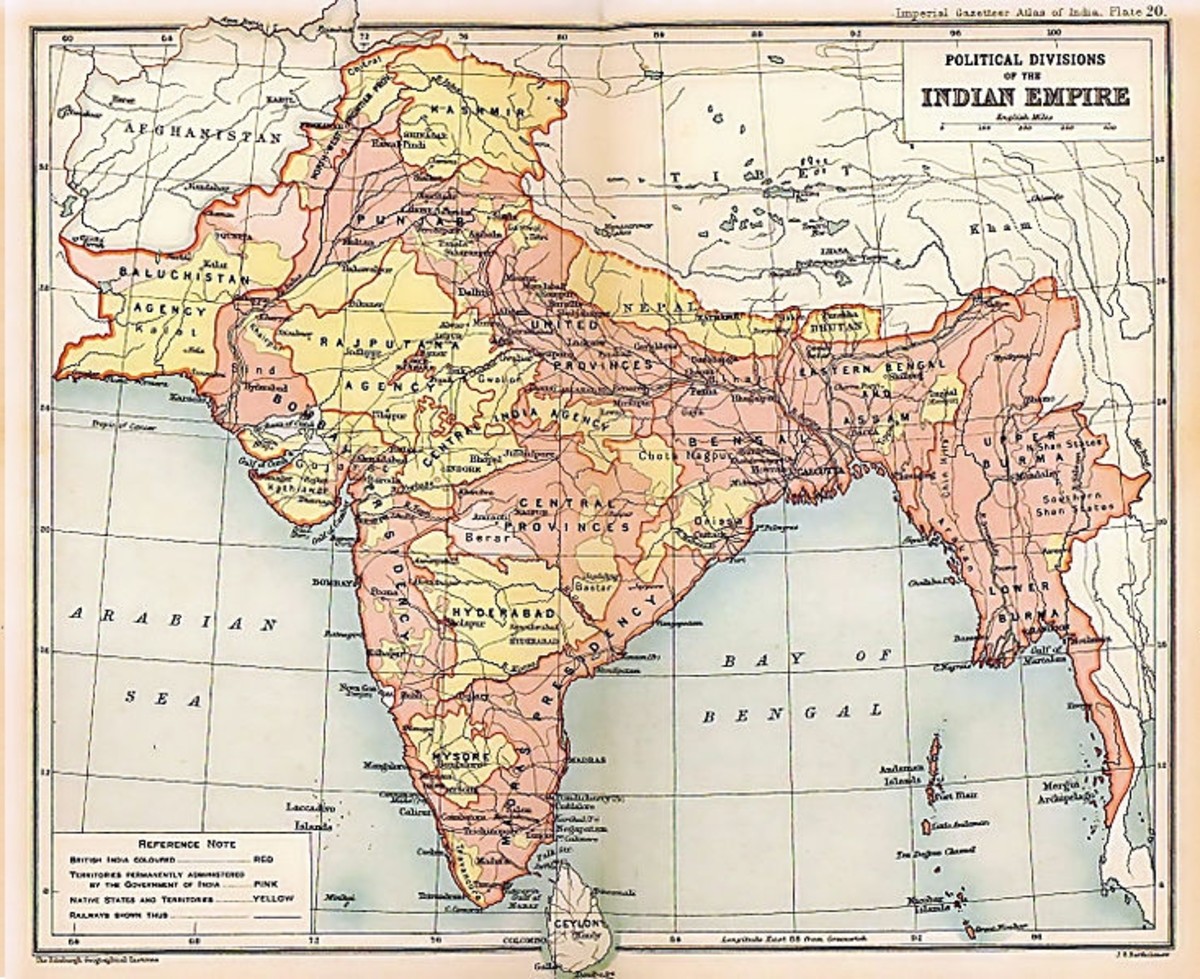- HubPages»
- Education and Science»
- History & Archaeology»
- History of Asia
Indira Gandhi: The Iron Lady of India
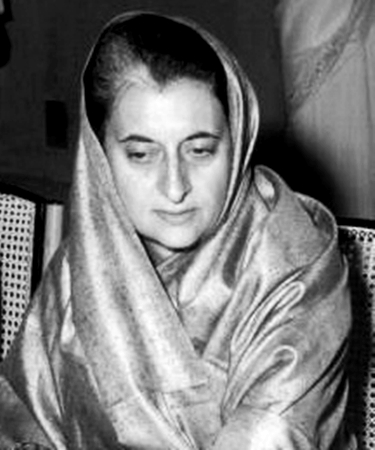
Indira Gandhi was third Prime Minister of India. She contributed a lot for progress of India in various fields including Economy, Military, Science, Foreign Policy, Agriculture etc.
Indira Gandhi was the only child of Jawahar Lal Nehru, the first Prime Minister of India. She was born on 19th November of 1917. In 1966, she became Prime Minster of India. Initially known as 'Dumb Doll' by her opponents, she became a very dashing Prime Minister, who took very hard decisions for the overall progress of India. India became a powerful country in her reign.
This article tells you how Indira Gandhi contributed in building a nation and making it powerful. She deserves the title 'Iron Lady of India'.
Here is a short introduction to the great jobs done by this great woman:
Abolishing Privy Purses
When India got independence in 1947 from British rule, there were hundreds of native states ruled by local Kings. The states were not part of British India. After independence of India, most of the states were merged in India willingly. Those who were not willing to merge were forcefully merged in India by sending Armed forces by the central Government. However, the Royal families were getting a payment from the Central Government. This was called Privy Purse.
In 1971, Prime Minister Indira Gandhi successfully passed 26th Amendment to the Constitution of India and abolished Privy Purses, in spite of protests from Royal families. This was a great achievement for the nation and Indira Gandhi, as this move abolished the last status which the chiefs of princely states were enjoying.
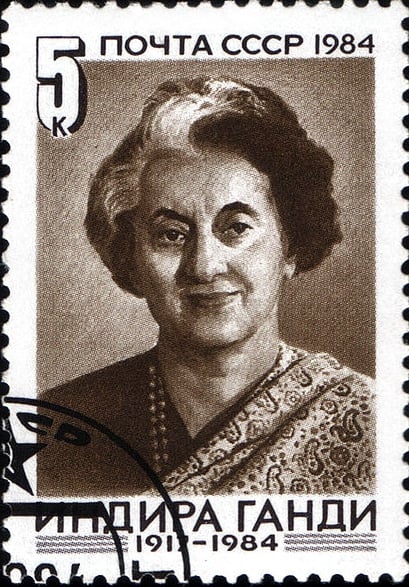
Nationalization of Banks
In 1969, Indira Gandhi nationalized 14 major private Banks in India. With nationalization, the Banks became Government Banks. At the time of nationalization, the number of the branches of the banks was 8200. In a short span after nationalization, the number of branches rose to 62000 branches. As Indira Gandhi's main goal was to develop rural economy, most of the branches were opened in rural parts of India. This move helped to increase rural household savings, and to develop agriculture based small businesses.
Green Revolution
Steps were taken to improve agriculture in India in the era of Jawahar Lal Nehru, the first Prime Minister of India. India was importing food grains from other countries, especially from United States of America. Indira Gandhi introduced special programs including introduction of Hybrid seeds, Fertilizers and Pesticides. She also took steps to establish research institutes for agriculture. In a short period, India which was importer of food, became an exporter of food. Following this Green Revolution, there was a White Revolution, when the Milk production in India increased rapidly. The white revolution helped to strengthen rural economy.
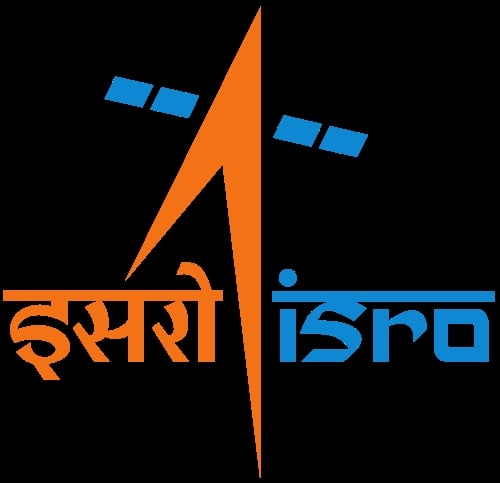
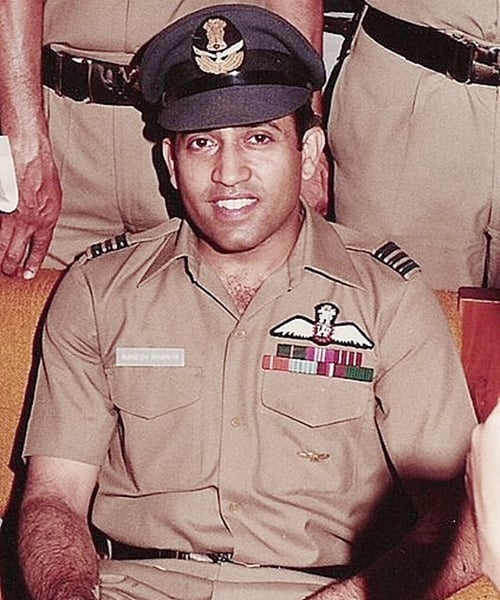
India Enters in the Space
One of the most important contributions of Indira Gandhi in building modern India was her decision of establishing ISRO, Indian Space Research Agency. ISRO was established on 15th August 1969, the 22nd independence day of India, under the leadership of the visionary space scientist Dr. Vikram Sarabhai. That was the year when NASA had landed first man on the Moon.
The first great achievement of ISRO was building a satellite Aryabhata, which was named after an ancient Indian mathematician. It was launched by Soviet Union on 19th April 1975. This was a small step for ISRO and India. Today ISRO is capable of sending satellites through its own launching vehicles. Until now, ISRO built over 60 satellites and sent them to space through its own launching vehicle and also through launching vehicles of other countries.
In a joint venture with Russia, India sent its first astronaut Rakesh Sharma to the space in 1984. He spent 8 days in Salyut 7 Space Station. When he was in space, Prime Minister Indira Gandhi asked him, "How does India look from Space?", Rakesh Sharma replied, "Saare Jahan se achchha" meaning "best on the earth".
Thanks to Indira Gandhi, because of her initiatives today India has become an important country in space research and space exploration.
First Nuclear Test by India
When Indian Nuclear Scientists became able to test a Nuclear weapon, Indira Gandhi Permitted to test it. Accordingly India tested its first nuclear weapon successfully and secretly in May 1974. The test was condemned by some countries including United States, Canada and Pakistan.
For India, the test was a necessity. After the test India expanded its nuclear program and became one of the nuclear powers in the world.
Formation of External Intelligence Agency
Indira Gandhi founded RAW, an external Intelligence Agency to monitor secret activities of neighboring countries. The agency played a major role in liberation war of Bangla Desh. The agency proved itself very useful in various secret operations of India.
Great Military Expedition by India
Liberation of Bangla Desh was the greatest achievements of Indira Gandhi. In spite of international pressure and threats from super powers like USA and China, and even from United Nations, Indira Gandhi took aggressive decisions, and Indian Army was sent to East Pakistan. Within 13 days, on 16th December of 1971, Pakistani Army surrendered before Indian forces, and Bangla Desh, a new country was formed. This was the greatest victory of Indian Armed Forces ever.
The reasons behind liberating Bangla Desh from Pakistan were to divide Pakistan, as Pakistan had a habit of invading India. Pakistan declared wars against India in 1948, 1965 and 1971. When Pakistan attacked Indian Air bases in 1971, Indira Gandhi quickly ordered Indian Armed Forces to teach a lesson to Pakistan.
Downfall and uprising of Indira Gandhi
After 1975, there was a political unrest in India. A High Court in India found the Prime Minister guilty for malpractices in elections. The court ordered to remove Indira Gandhi from Parliament and thus from the post of Prime Minister. Instead of following the court order, she declared State of Emergency in India. She arrested most of the important opposition leaders and sent them to jail. Censorship was implemented on media. After 19 months of the state of emergency elections were declared. Indira Gandhi's Congress Party was defeated by Janata Party, a newly formed party by opposition leaders.
As the sole motto of the Janata Party was to oppose Indira Gandhi and keep her away from Indian politics, the new Government arrested her under various serious charges. This arrest backfired on Janata Party as people of India did not like her arrest. Meanwhile, Janata party collapsed and elections were declared again. Congress party got a landslide victory. Thus, Indira Gandhi once again became Prime Minister of India.
Assassination of Indira Gandhi
A group from Punjab, a state in India was demanding separation of their territory from India. The growing demand gave birth to terrorism in India. The terrorists killed thousand of people. Jarnail Singh Bhindranwale, the chief of terrorists had seized the Golden Temple of Amritsar. To avoid further complications, Indira Gandhi ordered Indian Army to attack the temple. Accordingly, the temple was attacked and many terrorists including Bhindranwale were killed.
This was the worst episode in the life of Indira Gandhi. This military action on the temple hurt the sentiments of Sikhs and also a large section of Hindus. The attack on the Golden Temple was a shock for Sikh community. There was an unrest in the Sikh community. On 31s October 1984, two of Indira's Sikh body guards shot her. She died at the spot.
She knew, she will be killed. Just one day before her assassination, she had said in her speech:
"I am alive today, I may not be there tomorrow. I shall continue to serve till my last breath and when I die every drop of my blood will strengthen India and keep a united India alive."
With her assassination, India lost its best Prime Minister.
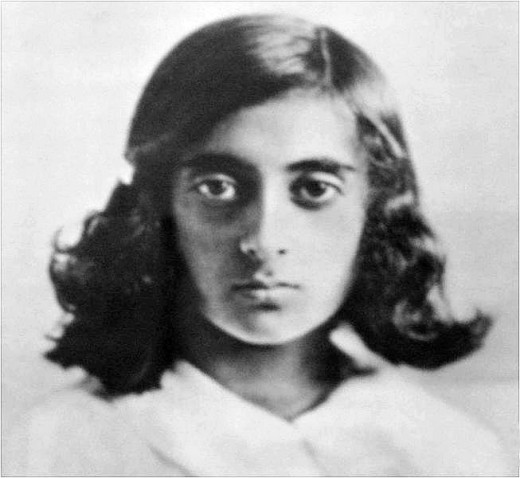
Indira Gandhi Interview 1971
Related Hubs
- Battle of Longewala: India-Pakistan War 1971
Battle of Longewala is known as one of the most crucial battles during the Indo-Pak war of 1971. This battle took place at Longewala, an Indian post near international border in the desert of Rajasthan. In spite of of the heavy attack from by armored - Mother Teresa Stamps
Mother Teresa was a famous Roman Catholic nun, who worked for orphans, poor and sick people in India and some other countries. She was founder of the renowned institution 'Missionaries of Charity' at Kolkata, India. She was winner of Nobel Prize for - Queen Abbakka of Tulunadu and Her Wars against Portuguese Invaders
Abbakka was a Queen from coastal Karnataka in India, who defeated Portuguese Army again and again, and restrained them from their further invasion outside Goa. This is Abbakka's short biography - China, India, Brazil, Iran: Superpowers of the Future
But I think, that not any single country will be a superpower in the world, as their will be many powerful countries in the world. Powerful in the sense of economy, science and technology, military, culture and so many things.


